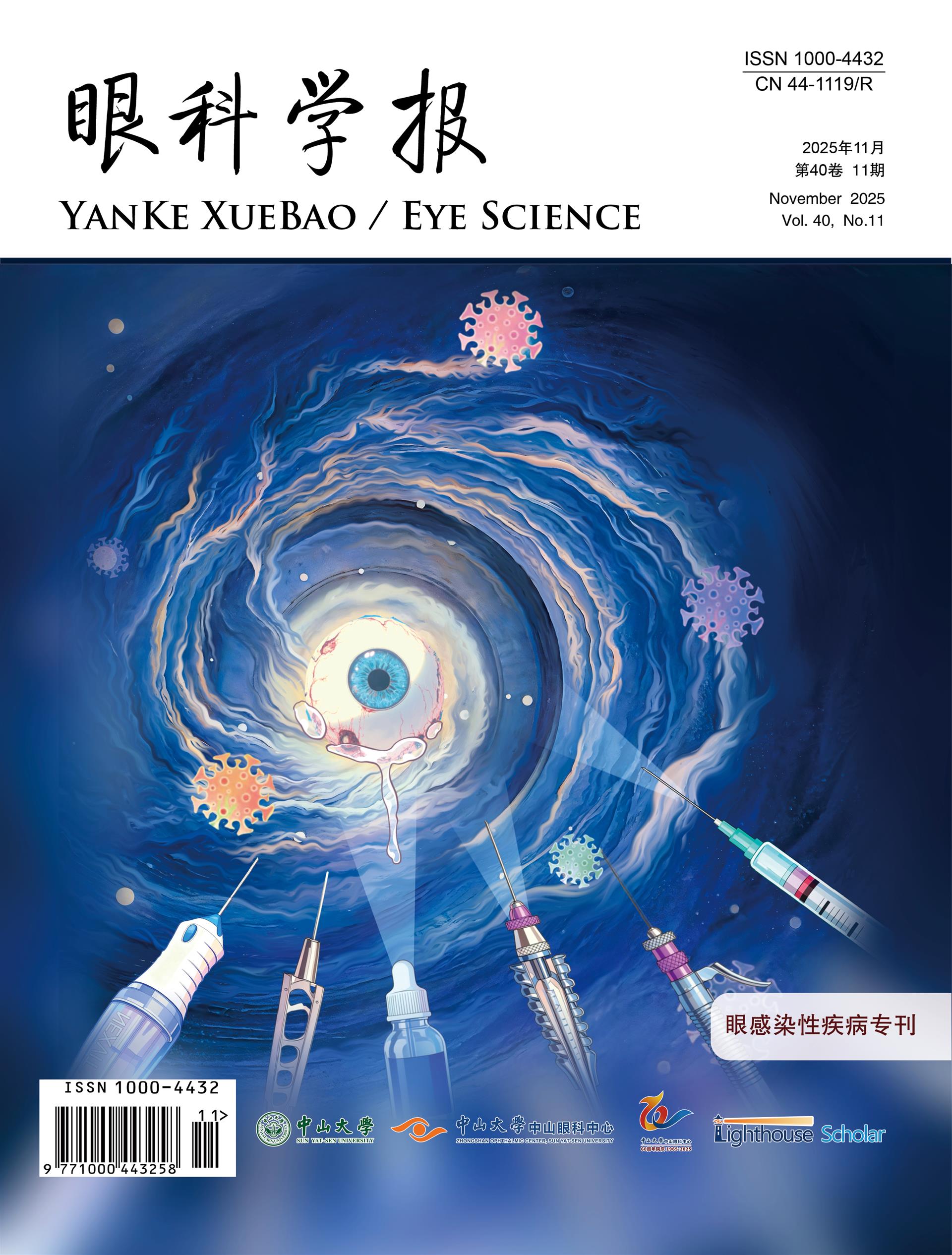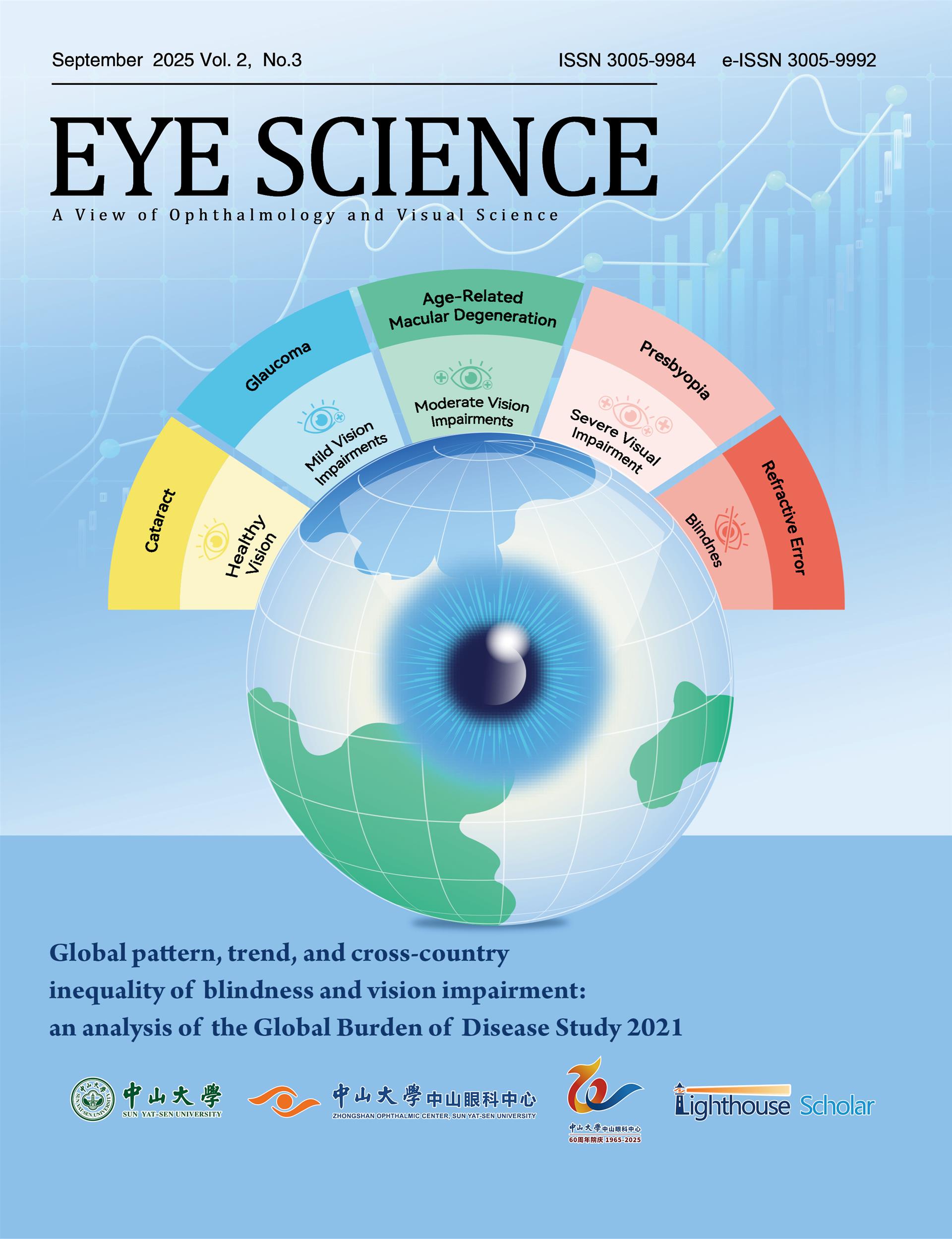Congenital cataract (CC) is one of the most common causes of pediatric visual impairment. As our understanding of CC's etiology, clinical manifestations, and pathogenic genes deepens,various CC categorization systems based on diferent classifcation criteria have been proposed. Regrettably, the application of the CC category in clinical practice and scientifc research is limited. It is challenging to obtain preciseinformation that could guide the timely treatment decision-making for pediatric cataract patients or predict their prognosis from a specific CC classification. This review aims to discuss the statusquo of CC categorization systems and the potential directions for future research in this field, focusingon categorization principles and scientific application in clinical practice. Additionally, it aims to propose the potential directions for future research in this domain.

















